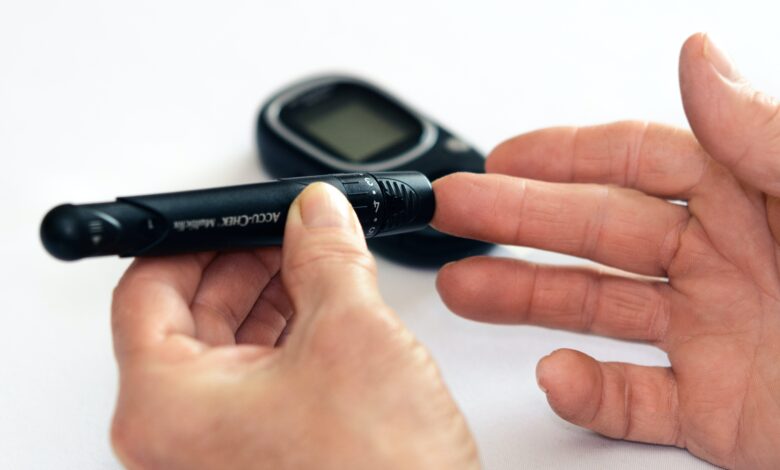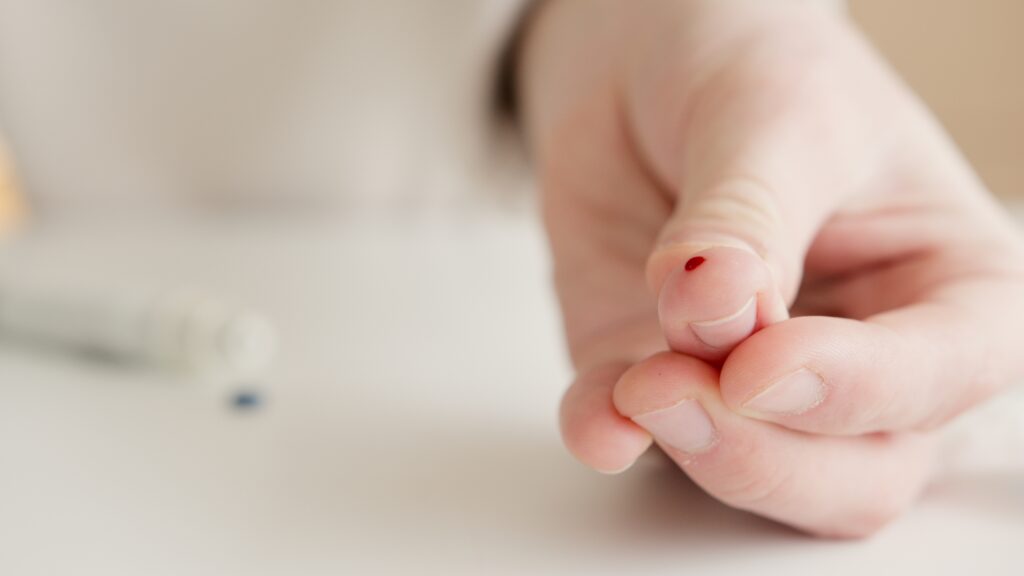
Whether we are talking about type 1 or type 2 diabetes, close medical supervision is essential. The goal is to prevent complications as much as possible and to detect problems as early as possible.
The diabetic’s daily duties
Some diabetics know it well: the self-monitoring diary allows people who practice self-monitoring of blood glucose to record their daily blood glucose values. It is a valuable tool for adjusting medication doses, visualizing the effect of certain measures (such as sports or diet), and motivating yourself to follow your treatment rigorously.
If you are diabetic but do not practice self-monitoring, daily vigilance is no less important. Remember to look at your feet every day to detect any lesions, blisters or other injuries that could become infected. The same goes for your teeth and gums, checking for bleeding and redness. If you have diabetes, oral or foot infections can be serious: don’t wait to tell your doctor about your doubts!
Glycated hemoglobin: every 3 months

Complications of diabetes
Blood sugar levels fluctuate constantly. This is also normal in diabetes. Therefore, a single blood glucose test does not give an accurate picture of the overall blood sugar balance. So how do you know if the treatment is working? By measuring every 2 to 4 months the glycated hemoglobin level, also known as “HbA1c”, by blood test.
Hemoglobin carries oxygen in the blood. The more sugar (glucose) there is in the blood, the more hemoglobin tends to bind to glucose, and circulate in a special form, glycated hemoglobin. In short, the less controlled the diabetes, the higher the HbA1c level. This is a sort of average of blood glucose levels over a period of several weeks, and correlates with the risk of long-term complications.
HbA1c values in people who do not have diabetes range from 4% to 6%. In diabetes, the goal is often to stay below 7%.




